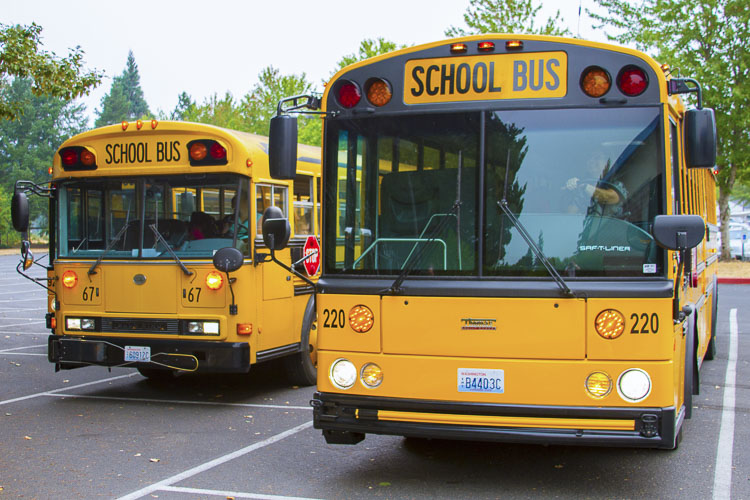
This fall each school reviewed, revised and presented updated school improvement plans that were aligned to board adopted district-wide goals to the school board
Through comprehensive improvement plans and aligned goal-setting, Woodland Public Schools creates a cycle of continuous improvement to ensure that student learning becomes better and better throughout the district.
The Board of Directors sets goals for the entire district, however each school develops its own dedicated improvement plans to address the needs at each level of a student’s academic career.
This fall each school reviewed, revised and presented updated school improvement plans that were aligned to board adopted district-wide goals to the school board. After their review the school board approved the plans by unanimous vote.
Woodland School District Board Goals
The overarching goal for Woodland Public Schools is to prepare all students for Careers, Life, and College (CLC), so every graduate from Woodland will have the skills and knowledge to take them to the next step of their life journey, regardless of whether that means advanced education, apprenticeships, or entering the military or workforce immediately.
To achieve this primary goal, the Board provided a number of benchmarks for schools to hit:
Dual credit participation
By 2025, all Woodland graduates will complete at least two dual credit courses. Dual credit courses allow students to earn both high school credit and college credit at the same time, and include Running Start, College in the Classroom, and Advanced Placement (AP) courses.
School attendance
By 2025, the rate of chronic absenteeism (defined as missing more than 18 school days, 10% of the school year) will be less than 10% at the secondary level (grades 5-12).
Graduation rate
The district met its goal of having a four-year graduation rate at or above 85% by 2021 so the Board introduced new goals for graduation rates:
- By 2027, the overall district four-year graduation rate will be at or above 90%.
- By 2022, the overall district five-year graduation rate will be at or above 90%.
- By 2027, the overall extended (5-7 year) graduation rate will be at or above 95%.
Student growth and proficiency on mandated assessments
While Woodland Public Schools uses many metrics to assess student learning and growth, the state assessment tests also serve as a benchmark for student learning. Accordingly, the Board of Directors has created the following goals:
- Student growth percentiles in English Language Arts and Mathematics will exceed 50% in each grade level.
- Student performance will improve year-over-year and will exceed that of demographically similar school districts.
- By 2022, 80% of students will meet the standard on mandated measures in Mathematics and English Language Arts at all grade levels (testing grade levels are 3-8, 10).
- By 2027, 90% of students will meet the standard on mandated measures in Mathematics and English Language Arts at all grade levels (testing grade levels are 3-8, 10).
- By 2027, 90% of Multilingual Learners (ML) will make annual progress such that all ML students are expected to transition from services within six years, at most.
Woodland’s Elementary School Improvement Plans
Goals for Woodland’s elementary schools over the 2022-23 school year include increasing reading proficiency schoolwide, achieving high levels of family engagement, and decreasing the number of requests for higher-level behavioral support.
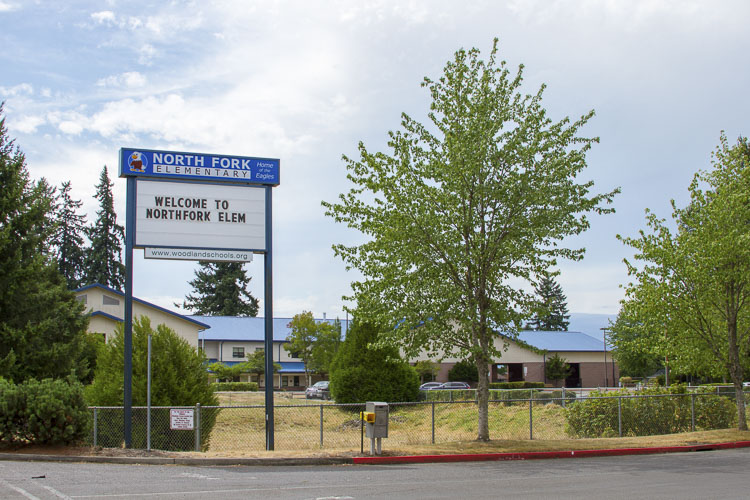
Improving reading proficiency
With reading proficiency skills being among the hardest-hit areas of curriculum due to remote learning during the pandemic, Woodland’s elementary schools have prioritized early literacy skills to help struggling students catch up to their grade level. Through the use of small group instruction and assessments, teachers and principals will regularly identify the areas where students perform well and the areas where students may struggle so that appropriate instruction and interventions can be used.
With Columbia Elementary School home to the district’s opt-in Dual Language Program where students learn in both English and Spanish, the team created an additional goal to ensure proficiency in Spanish reading would also improve significantly over the course of the year. Much like English reading, small group instruction and interventions for students needing additional support will be key to improving student success.
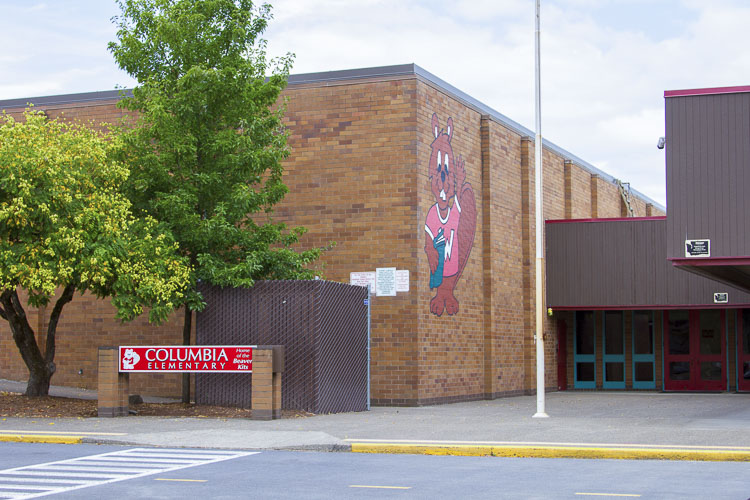
A focus on partnering with parents, guardians, and families to improve student learning
In order to improve familial engagement district-wide, all of Woodland’s schools use the Talking Points platform to provide fast, efficient, and secure two-way communication between families and teachers.
Talking Points uses messaging similar to standard text messages but also provides additional features such as video messaging for families who choose to download the app to their phones or access the platform through its website.
“Research has demonstrated engaged families dramatically improve student learning and performance,” said Denise Pearl, Principal of North Fork Elementary. “By partnering closely with our families, we can enhance student learning schoolwide.”
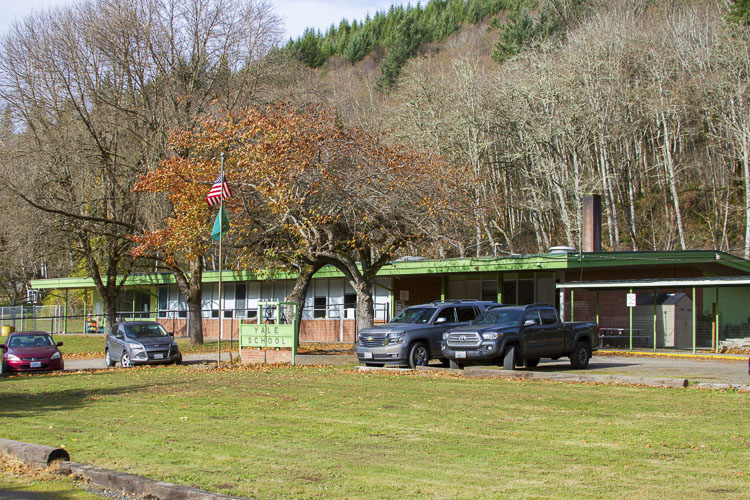
Decreasing behavioral issues by promoting positive results
Woodland’s elementary schools seek to decrease disruptive behavior as well as increase classroom engagement over the school year by using the Positive Behavior Interventions and Supports (PBIS) system, a set of ideas and tools which utilize evidence, practices, and strategies to frame behavior improvement for students.
As part of PBIS, students exhibiting positive behavior receive encouragement, rewards, and classroom celebrations to promote that preferred behavior. “Instead of simply correcting negative behavior when a student acts out, the PBIS system chooses to encourage and promote positive behavior,” said David Starkey, Principal of Columbia Elementary School. “This way, students can learn from how others act while also seeing that positive actions are reinforced and rewarded both in the school but at home as well.”
Woodland Middle School Plan
The Woodland Middle School team set goals targeted at improving student performance in all subject areas; improving student attendance by decreasing chronic absenteeism; and increasing family involvement and participation.
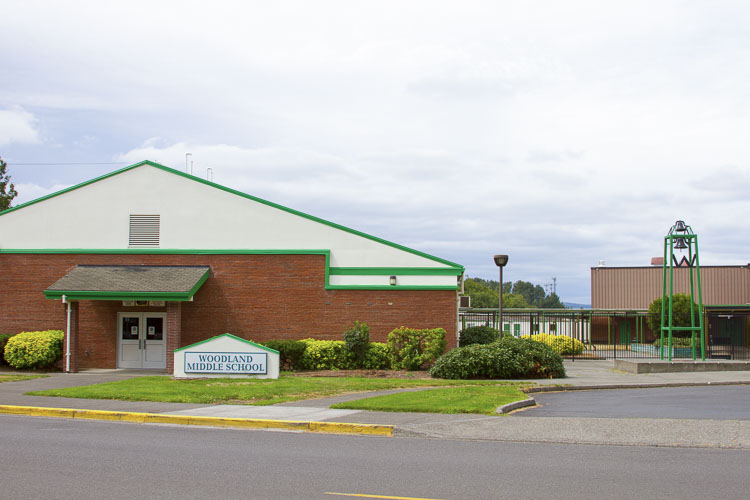
Addressing pandemic learning losses
In order to help students improve and recapture some of the learning lost due to remote learning as a result of pandemic restrictions, the middle school plans to implement a variety of different solutions including infusing writing into content-area instruction; improve and enhance teaching strategies by having staff participate in innovative professional development opportunities; and implementing new curriculum specifically designed to improve mathematical practice.
Woodland teachers invested in seeking to provide high-quality remote learning for students. “In spite of best efforts, remote learning proved to be less effective than traditional instruction for schools throughout the country at every grade level, so we will prioritize identifying and helping struggling students,” said Dr. Russell Evans, Principal of Woodland Middle School. “By using interventions, small group learning, and new teaching strategies, we will improve student learning throughout the school.”
Decreasing chronic absenteeism
Washington State identifies chronic absenteeism in students as those who miss 10% or more of the school year. “Studies show that students who miss just two days a month for any reason are significantly more likely to not read at their grade level and even more likely not to graduate,” said Evans. “Therefore, improving attendance is absolutely vital to improve student learning throughout the school.”
Woodland Middle School’s attendance team plans to work closely with families to support regular school attendance. By closely monitoring attendance and intervening early, the team believes they will help families ensure students attend school regularly to improve learning and performance.
Increasing family involvement and partnerships with Woodland Middle School
Research demonstrates dramatic improvement in student learning when there is a close partnership between parents, teachers, and school officials. Woodland Middle School plans to introduce new family events as well as to utilize the district’s new TalkingPoints platform to engage with families directly.
“Our families are our partners in their student’s learning,” said Evans.“We want parents and caretakers to regularly engage with teachers and staff with the goals of improving student performance and addressing the challenges facing our kids either at home or in school.”
Woodland High School Plan
At Woodland High School, the team set goals focused on addressing lost learning and toward challenging students going forward. They have identified several goals to complete by 2025, including: all graduates completing at least 10 dual-enrollment credits or 2 AP classes; reducing chronic absenteeism to less than 10% of the student population; raising course passage for all students to 90% or higher; and dramatically increasing communication and learning partnerships with families.
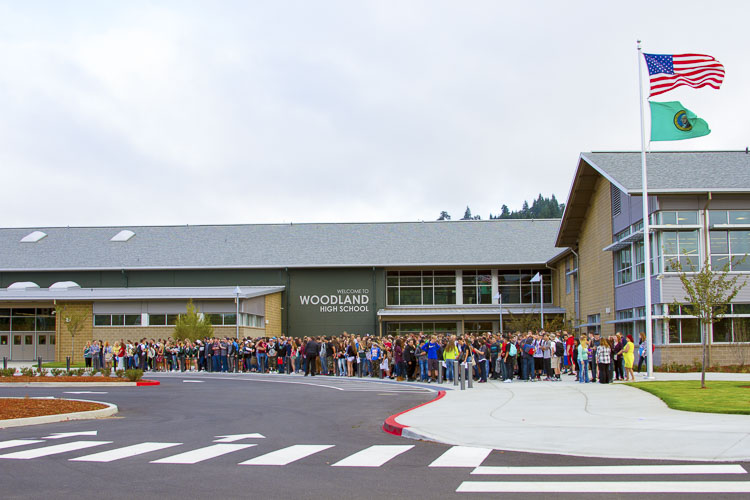
Preparing all students or their future by starting all graduates off with college credits
Woodland High School offers a wide variety of dual enrollment courses (courses where students earn both high school and college credits in the same course) and Advanced Placement (AP) courses. “College credits earned in high school, whether they are earned through College in the High School courses, dual enrolled CTE courses, or AP courses increase options for students,” said Dr. Phillip Pearson, Principal of Woodland High School. “Regardless of a student’s plans, more options translates into a higher level of preparedness after high school.”
To achieve this goal, the team at WHS plans to increase promotion of AP and dual enrollment courses so students will learn about the benefits of the offerings; the teaching staff will take the necessary professional development to begin offering even more of the higher-level courses; and the team plans to explore changing graduation requirements to accommodate additional AP and CTE Dual Enrollment courses for all students.
Improving student learning by reducing chronic absenteeism
As mentioned earlier, chronic absenteeism, measured by missing 10% or more of the school year, can set students back. Missing school dramatically reduces a student’s likelihood of graduating high school. “The effects of chronic absenteeism cannot be underestimated,” said Dan Uhlenkott, WHS’s Assistant Principal. “Simply by supporting families to ensure their students attend regularly can dramatically improve their learning as well as their overall performance throughout their academic careers.”
To Increase attendance, the school plans to increase communication with families to ensure parents and guardians know when their student missed school. Additionally, the team plans to ramp up communications focusing on the importance of attendance as well as including attendance-tracking tools like the Skyward Family Access system, already available to all families in the district.
Recovering and preventing lost learning from both the pandemic and into the future
While the pandemic set many students back in terms of academic achievement, high school can present a number of challenges to students in the best of times. Woodland High School plans to expand strategies to provide help and support to the students who need it, regardless of the reasons why. “Early identification of struggling students is key – the earlier the better,” said Pearson. “We plan to increase our intervention strategies so teachers can identify and help struggling students before they begin to fail a class.”
In addition to interventions, the staff plans to have family nights where parents and guardians can learn more about being engaged with their student’s learning. The teaching team also uses the TalkingPoints platform to directly engage with families to address issues much earlier than previously. “Family engagement has a huge influence on student success,” said Pearson. “Our partnership with families is crucial in helping our students reach their goals academically, graduate, and succeed wherever life takes them.”
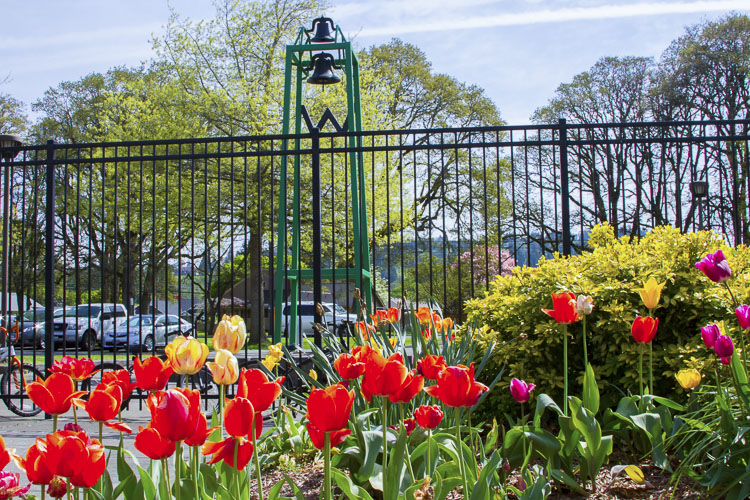
Learn more about how Woodland Public Schools educates students and serves the community by visiting the dedicated news webpage at www.woodlandschools.org/news/wsd
Information provided by Woodland School District.
Also read:
- POLL: Is America more united or more divided than it was a decade ago?Clark County Today’s weekly poll asks: Is America more united or more divided today? The question comes after Stephen Davis brought a powerful message to Vancouver.
- The Study of Sports Podcast, May 8, 2025: Girls flag football is coming to Washington high schools, but how do administrators start a new sport?Reporter Paul Valencia and sports administrators Tony Liberatore and Cale Piland discuss local sports first, and we have fun with other topics, too, including news about a famous burger restaurant coming to Vancouver
- Stephen Davis brings his message of unity with Turning Point USA presentation in VancouverStephen Davis of Turning Point USA visited Vancouver to share a message of unity and faith with students and families.
- Cardinals elect American pope to lead Catholic churchRobert Francis Prevost becomes the first American elected pope, taking the name Leo XIV following a fourth-round conclave vote.
- Camas Police arrest robbery suspectCamas Police arrested a 19-year-old Vancouver man following a reported armed robbery early Thursday morning.
- CCSO deputy involved in deadly force incidentA CCSO deputy reported fatally stabbing a DUI suspect during an altercation at the Ridgefield WSP Scale House.
- Opinion: Revolution or revival?Nancy Churchill argues that Washington state is ground zero for a Marxist-style revolution but says a cultural revival is possible through personal responsibility and the America First movement.











